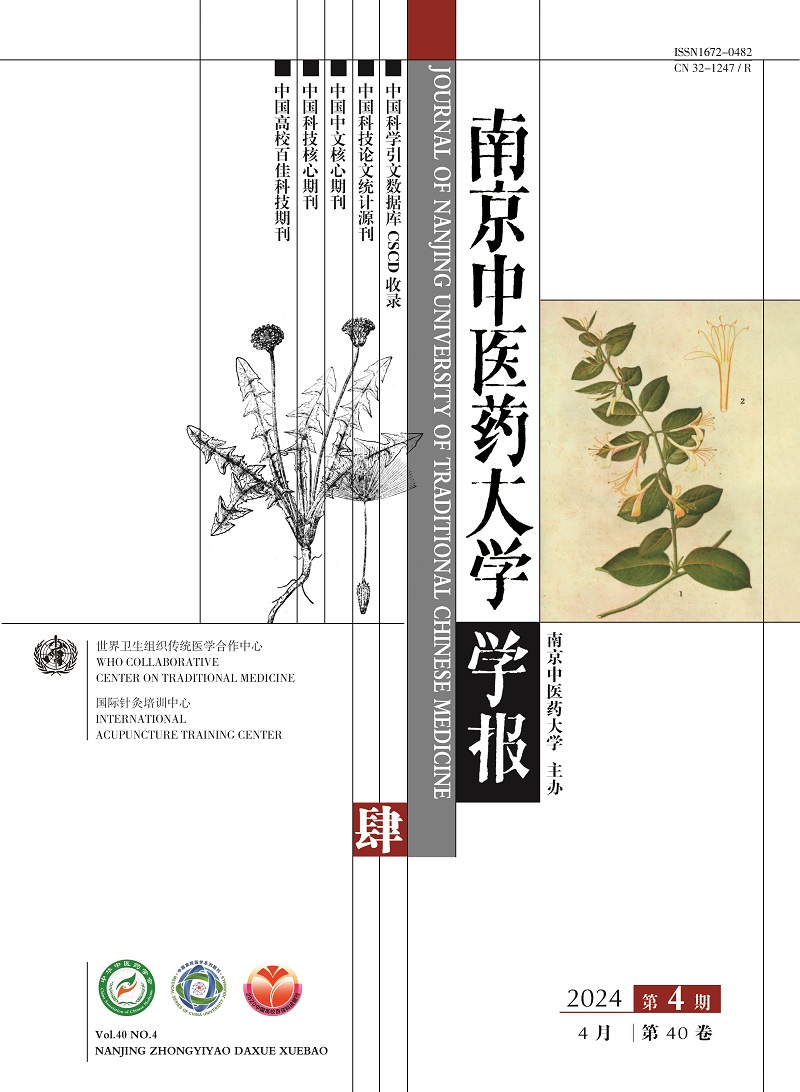2014 Vol. 30, No. 2
Display Method:
2014, 30(2): 101-104.
Abstract:
2014, 30(2): 105-107.
Abstract:
2014, 30(2): 108-110.
Abstract:
2014, 30(2): 111-113.
Abstract:
2014, 30(2): 114-116.
Abstract:
2014, 30(2): 117-119.
Abstract:
2014, 30(2): 120-123.
Abstract:
2014, 30(2): 124-126.
Abstract:
2014, 30(2): 127-129.
Abstract:
2014, 30(2): 130-133.
Abstract:
2014, 30(2): 134-137.
Abstract:
2014, 30(2): 138-141.
Abstract:
2014, 30(2): 142-145.
Abstract:
2014, 30(2): 146-149.
Abstract:
2014, 30(2): 150-152.
Abstract:
2014, 30(2): 153-155.
Abstract:
2014, 30(2): 156-159.
Abstract:
2014, 30(2): 160-163.
Abstract:
2014, 30(2): 164-167.
Abstract:
2014, 30(2): 168-172.
Abstract:
2014, 30(2): 173-175.
Abstract:
2014, 30(2): 176-179.
Abstract:
2014, 30(2): 180-182.
Abstract:
2014, 30(2): 183-185.
Abstract:
2014, 30(2): 186-188.
Abstract:
2014, 30(2): 189-191.
Abstract:
2014, 30(2): 192-194.
Abstract:
Determination of Astragaloside Ⅳ and Calycosin-7-O-β-D-glucopyranoside in Qishen Oral Liquid by HPLC
2014, 30(2): 195-196.
Abstract:
2014, 30(2): 197-200.
Abstract:



